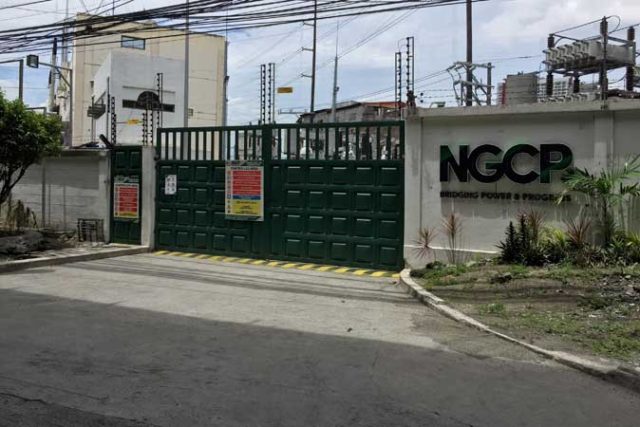NGCP found non-compliant on AS reserve levels
By Angelica Y. Yang – April 25, 2021 | 7:21
from Business World

THE DEPARTMENT of Energy (DoE) said the National Grid Corp. of the Philippines (NGCP) is not compliant in terms of the required reserve levels procured under firm ancillary services (AS) contracts, noting below-target performance as of the end of 2020.
“The DoE sees the NGCP is consistent (in) not complying with its responsibility with the firm contracting requirement. The NGCP has been dragging its feet by pursuing insufficient capacity and even opting (for) an unreliable contracting of “non-firm” AS Procurement Agreements (ASPAs),” DoE Secretary Alfonso G. Cusi was quoted as saying in a statement issued Saturday.
The Luzon grid’s required capacity for regulating, contingency and dispatchable reserves are at 491 MW, 647 MW, and 647 MW.
Regulating reserves are readily-available and dispatchable generating capacity, while the contingency reserve refers to the synchronized generation capacity allocated to cover the loss of a generating unit or transmission element. Meanwhile, the dispatchable reserve refers to the generating capacity which is readily available for dispatch whenever a generating unit trips or when a loss of transmission interconnection happens. These three types of reserves are considered by the DoE as AS.
Under a 2019 department circular which sets the AS rules, the NGCP can only procure regulating, contingency and dispatchable reserves “through firm contracts.”
Based on DoE data, the Luzon grid’s regulating, contingency and dispatchable reserves from “non-firms” stand at 525 MW, 395 MW and 806 MW, respectively.
In ASPAs, the AS provider decides when it will provide the services even if these are scheduled by the NGCP, and this arrangement compromises grid reliability at times, the DoE said in its media release.
The DoE said that it is currently monitoring the close compliance of the NGCP in fulfilling the AS requirements.
“For the enforcement of these policies, the DoE has been collaborating with the Philippine Competition Commission, the Energy Regulatory Commission, and the Department of Justice,” the department said.


